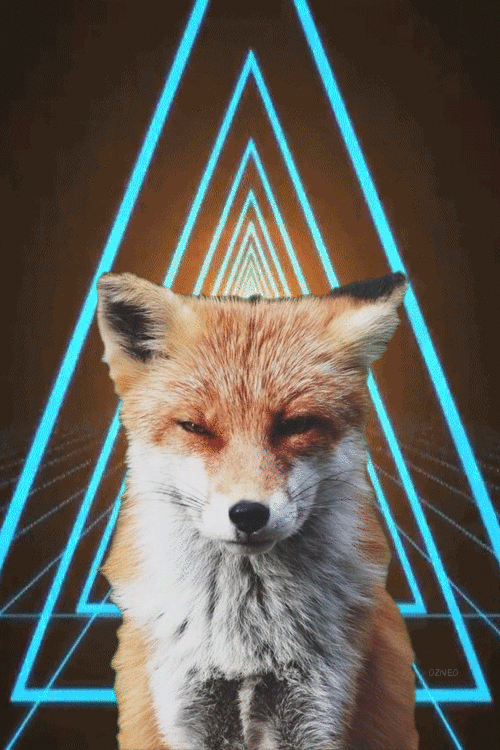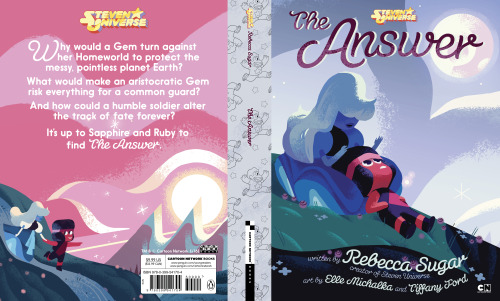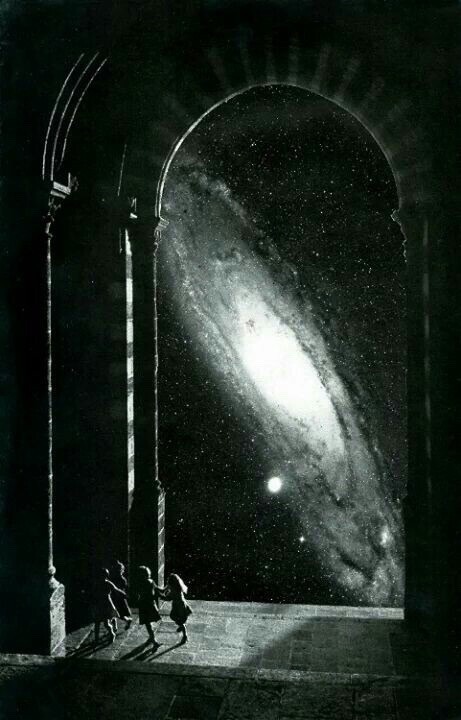Check Out Hideousdoodle!
Check out Hideousdoodle!

Go
More Posts from Sweetteadivination-blog and Others
This is so cool

NAAS Astronomy Picture of the Day 2016 September 5
Spiral Meteor through the Heart Nebula
What is this meteor doing? Dynamically, the unusually short and asymmetric train may indicate that the sand-sized grain at the center of the glow is momentarily spinning as it ablates, causing its path to be slightly spiral. Geographically, the meteor appears to be going through the Heart Nebula, although really it is in Earth’s atmosphere and so is about one quadrillion times closer. Taken last month on the night of the peak, this meteor is likely from the Perseid meteor shower. The Perseids radiant, in the constellation of Perseus, is off the frame to the upper right, toward the direction that the meteor streak is pointing. The Heart Nebula was imaged in 18 one-minute exposures, of which the unusual meteor streak appeared on just one. The meteor train is multicolored as its glow emanates from different elements in the heated gas.
I love this

Falling Stars
Not sure if I have the right source but I found this beautiful gif in @lsd-kitty‘s archive. When I saw it, I just wanted to make a looping version.
Not as dense of a star field but a great result none the less.
Very beautiful

Milky Way season is back. This is my favorite shot from last year. / via
He knows...

This is so beautiful.

by prince-shotoku

NASA Astronomy Picture of the Day 2016 September 19
50,000 Kilometers over the Sun
What’s happening at the edge of the Sun? Although it may look like a monster is rampaging, what is pictured is actually only a monster prominence – a sheath of thin gas held above the surface by the Sun’s magnetic field. The solar event was captured just this past weekend with a small telescope, with the resulting image then inverted and false-colored. As indicated with illustrative lines, the prominence rises over 50,000 kilometers above the Sun’s surface, making even our 12,700-diameter Earth seem small by comparison. Below the monster prominence is active region 12585, while light colored filaments can be seen hovering over a flowing solar carpet of fibrils. Filaments are actually prominences seen against the disk of the Sun, while similarly, fibrils are actually spicules seen against the disk. Energetic events like this are becoming less common as the Sun evolves toward a minimum in its 11-year activity cycle.
My wife and I already have it preordered!


I’m so excited to officially announce “The Answer” children’s book!
Cover art by Elle Michalka!
I was so glad to get a chance to adapt this story into such a timeless format, and to work with two of my absolute favorite artists, original Crewniverse members Elle Michalka and Tiffany Ford!
I’m so in love with how this book came out, and I can’t wait for everyone to see it! It’s the classic story of how Ruby and Sapphire fell in love, but told in an entirely new way.
Please check it out soon! Thank you so much!

As a father, this rings true to me.

The best 😁 Happy National Video Games Day!
This picture gave me the feels.

Love the universe.
-
 sweetteadivination-blog reblogged this · 9 years ago
sweetteadivination-blog reblogged this · 9 years ago -
 sweetteadivination-blog liked this · 9 years ago
sweetteadivination-blog liked this · 9 years ago -
 photoshoppanels liked this · 9 years ago
photoshoppanels liked this · 9 years ago